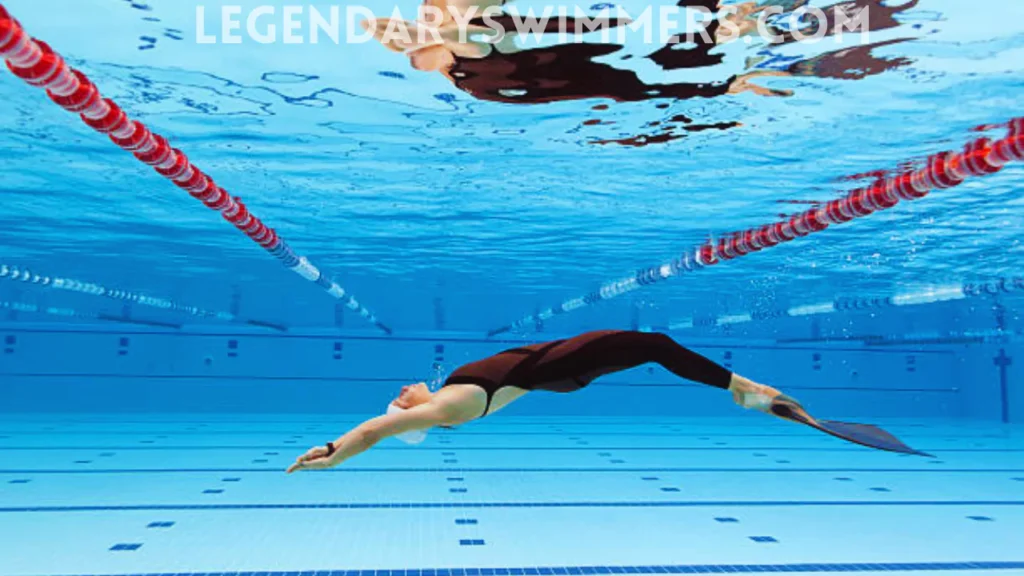
Can You Swim After Getting a Tattoo? Experts Advice
- Updated:
Just got inked and itching to jump into the water? Whether it’s the pool, a lake, or the ocean, knowing when it’s safe to swim after getting a tattoo is crucial for the health of your skin and the quality of your new artwork. This comprehensive guide offers expert insights into the risks and recommendations for swimming post-tattoo.
Understanding Your New Tattoo
A new tattoo is more than just a beautiful piece of art; it’s an open wound. Like any cut or scrape, it requires proper care and time to heal. Submerging your new tattoo too soon in water can expose it to contaminants that could lead to infection and potentially damage the appearance of your tattoo.
Statistics: A 2020 report by the American Tattoo Association found that 25% of new tattoo recipients experience some form of complication when not following proper aftercare guidelines
Why Should You Wait Before Swimming?
The Risk of Infection
Swimming with a new tattoo requires careful consideration to prevent complications. A fresh tattoo is essentially an open wound, making it susceptible to infections if exposed to aquatic environments like pools, lakes, or oceans. The Mayo Clinic advises against swimming during the healing process to avoid skin infections.
“A fresh tattoo submerged in water is prone to bacteria like Pseudomonas aeruginosa, which thrives even in chlorinated pools and can cause nasty infections,” says Dr. Sarah Miller, a dermatologist specializing in skin art.
Impact on Tattoo Quality
Chlorine can bleach and disrupt the ink, while salt water can dehydrate the skin and leech ink, leading to faded colours and blurred lines. Additionally, both environments can overly dry the skin, causing excessive itching and flaking, which might remove ink prematurely during the healing process.
How Long Should You Wait?
The consensus among tattoo experts is a waiting period of at least 2-4 weeks before taking a swim. This allows the outer layers of skin to heal. However, deeper skin layers may still be vulnerable. “Although the surface seems healed, the deeper layers of a tattoo might still be recuperating. A safe rule is to wait until there’s no sensitivity and the tattoo has settled,” advises tattoo artist James Carter.
Signs That Your Tattoo Has Healed
It can be difficult to tell when a tattoo is fully healed because healing times vary based on the tattoo’s size, location, and skin type. Here’s how you can be sure:
- No Redness or Swelling: The tattooed area should look normal in colour, without any redness or swelling.
- Smooth Texture: The area should feel smooth to the touch without any bumps or raised areas.
- Lack of Scabs and Flakes: Fully healed tattoos will not have any scabs or flaky skin.
Expert Tips on Swimming with a New Tattoo
If swimming is unavoidable, such as for athletes in training or physical therapy, there are steps you can take to protect your new ink:
Use a Waterproof Bandage
A waterproof dressing like Saniderm can help shield your tattoo temporarily. Ensure it completely covers the tattoo and is sealed around the edges. Apply it just before entering the water and remove it immediately after you get out.
If You’ve Already Gone Swimming with a New Tattoo
Sometimes, despite best intentions, you might find yourself having taken a swim before your tattoo has had enough time to heal. If this happens, here’s what you should do:
Immediate Aftercare
- Clean the Tattoo: As soon as you get out of the water, gently wash the tattooed area with lukewarm water and a mild, fragrance-free soap. This helps to remove any harmful bacteria and chemicals that might have come into contact with your open wound.
- Dry and Assess: Pat the area dry with a clean, soft towel. Avoid rubbing the tattoo, as this can irritate the skin further. Examine the tattoo for any signs of irritation, excessive redness, or disruption to the ink.
- Apply Recommended Moisturizer: Use the aftercare product recommended by your tattoo artist to keep the area hydrated. This can help mitigate any drying effects the water may have had.
Monitor for Infection
In the days following your swim, keep a close eye on your tattoo for signs of infection, which include:
- Increased redness or warmth around the tattoo
- Swelling that doesn’t subside
- Pus or unusual discharge
- Foul odour from the tattooed area
- Fever or chills
Consult a Professional
If you notice any of the above symptoms or if the tattoo seems unusually painful, it’s important to see a healthcare professional or return to your tattoo artist for advice. They can assess whether any specific treatment is necessary to prevent further complications.
FAQs
Q: Can I just put a waterproof bandage on my tattoo and go swimming?
A: While waterproof bandages can offer temporary protection, they are not foolproof. Water can seep in, and prolonged use can affect the tattoo’s healing.
Q: Why is it bad to swim with a new tattoo?
A: Swimming with a new tattoo increases the risk of bacterial infections and chemical irritations, potentially damaging the tattoo and affecting its healing process.
Q: How can I tell if my tattoo is fully healed?
A: Your tattoo is likely healed if it shows no sensitivity, its appearance is consistent, and there are no signs of scabbing or flaking.
Q: What should I do if my new tattoo starts peeling?
A: Peeling is a normal part of the healing process. You should not pick or scratch at the peeling skin. Continue applying the recommended aftercare moisturizer to keep the area hydrated.
Q: What are the signs of a tattoo infection from swimming?
A: Signs include excessive redness, swelling, a sensation of heat, pus or unusual discharge, foul odour, and in some cases, fever or chills. If you notice any of these symptoms, seek medical attention immediately.
Recommended Products
 Recovery Aftercare Derm Shield Tattoo Aftercare Bandage Roll
Recovery Aftercare Derm Shield Tattoo Aftercare Bandage Roll
 Hion Tattoo Aftercare Waterproof Bandage Transparent Tattoo Cover-Up Tape
Hion Tattoo Aftercare Waterproof Bandage Transparent Tattoo Cover-Up Tape
 Nexcare Max Hold Waterproof Flexible Bandages for Fingers, Knees and Heels
Nexcare Max Hold Waterproof Flexible Bandages for Fingers, Knees and Heels
Conclusion
Patience is key when it comes to swimming after getting a tattoo. Giving your tattoo ample time to heal not only preserves the beauty of your ink but also protects your health. If you ever have concerns about your tattoo, especially before heading into the water, consult with a professional.
For more advice on tattoo care, safe swimming practices, and tips for swimmers, keep visiting Legendary Swimmers Academy. Take good care of your tattoo now, and you can enjoy all your water activities later without any worries!
By following these expert guidelines, you can ensure that your tattoo heals perfectly and remains as vibrant and detailed as the day you got it.
References:
Read Also: Does Chlorine Kill Lice? What Every Swimmer Should Know

Natasha Nicole Leyva
Hi, I’m Natasha—swimmer, coach, and aquatic fitness enthusiast. My journey began in New Zealand after a professor recommended swimming to help with a knee injury. The low-impact nature of swimming worked wonders, and it quickly became my favorite form of exercise. This passion grew into a thriving swim academy, and soon, requests for aquatic fitness classes started pouring in. After becoming certified, I realized how powerful water workouts could be for recovery and fitness. Now, I share my expertise here to help others experience the benefits of aquatic movement—whether for recovery, fitness, or fun!







